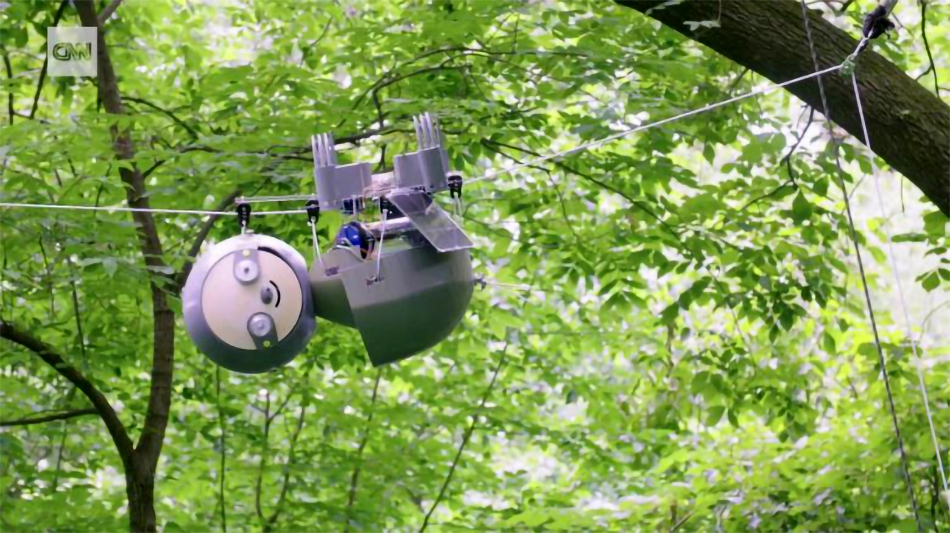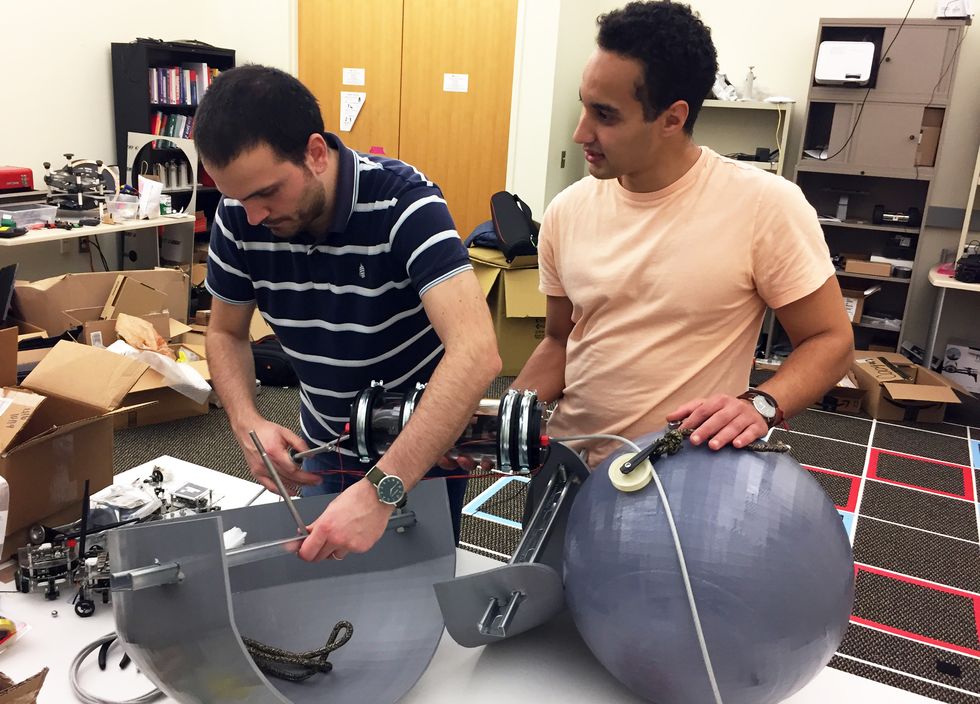SlothBot – Technology Mimicking Nature to Change Conservation Efforts

Many people know that a sloth is an animal that moves rather slowly. It usually takes its time to move from Point A to Point B. Sloths are mammals that spend most of their lives hanging on vines and tree branches upside down. They are found in tropical forests in Central and South America.
According to WWF, the sloth’s slow metabolic rate is the cause of their sluggish and languid pace. They can travel about 41 yards (126 feet or 38 meters) in a day. But when threatened, they can move at around 0.27 km/h. They lead solitary lives, and much of their time is spent at the forest canopy. They are active for about six to nine hours a day and spend the rest sleeping.
Although they live on the trees, sloths are good swimmers. They come down to the ground once a week to relieve themselves or hunt for more food. They eat buds, twigs, and leaves.
A robot detective
Researchers are using the way of life of the sloth to support conservation. At Georgia Tech, researchers developed SlothBot, a solar-powered robot that mimics a sloth’s movement. According to its creator, Magnus Egerstedt, the School of Electrical and Computer Engineering chair at Georgia Tech, the robot will help in studying the life under the rainforests’ tree canopies. The objective of the SlothBot is to help ecologists solve the Ecuadorian rainforest mystery.
SlothBot at the Atlanta Botanical Garden
Visitors at the botanical garden may spot SlothBot as it moves slowly along a length of cable installed between trees. According to the designer, the slow movement, contrary to what robots typically do, was intentional. It shows that slowness can be beneficial at times. Being solar-powered, SlothBot is energy efficient and can monitor the environmental changes and canopy ecology for a long time. The researchers at the Atlanta Botanical Garden will monitor several ecological variables, including precipitation, carbon dioxide levels, relative humidity, and temperature.
With the slow movement of Slothbot and its energy-efficient power source, it allows the robot to hang around the environment and observe things that researchers can only see if they are continuously present in the area for months or years.

Design specs
The SlothBot is only about three feet long (about one yard or 0.9 meter). It has a cute 3D-printed shell that protects its sensing equipment, cameras, gearing, motors, and batteries from the weather. The robot is programmed to move along its cable vine to find sunlight when recharging its batteries. At the Atlanta Botanical Garden, the robot only moves along one 100-foot steel cable. But it is programmed to switch from cable to cable in larger environments.
Ambitious plans
Emily Coffey, the vice president of conservation and research at the Atlanta Botanical Garden, wants to do more extensive research on endangered ecosystems and plants worldwide.
With SlothBot, they believe they can do that. Because the robot moves leisurely, it can avoid suspicion, and its nearly invisible appearance will help achieve its primary mission. Ms. Coffey said that right now, some ecologists at the Siempre Verde research center at an Andean nature preserve are wondering what pollinates a genus of rare orchids, Stanhopea. The orchids are known for their fragrant flowers that only last for three days; thus, they need immediate pollination. However, the orchid’s only known pollinators are the euglossine bees.
But the orchid is found chiefly at lower elevations in rainforests. What’s more mysterious is that the euglossine bees do not live in the higher heights of the Andes, which is where scientists found the orchids. They want to know if another insect is pollinating the orchids or if the bees travel up and down the Andes.
Thus, they want to eventually use SlothBot at the Andes. Ms. Coffey explained that it is challenging to examine rainforest wildlife. The researchers have to install a massive network of nets to reach particular species. The nets are expensive and difficult to install. They can hinder surrounding natural habitats. Although taking extra precautions, human researchers tend to be loud, clumsy, disruptive, and big. On the other hand, a small robot could become inconspicuous and remain there for a long time, gathering information that human researchers may miss.

Egerstedt, SlothBot’s developer, said that he got the idea of mimicking the sloth when he went on a family vacation in Costa Rica. He observed how a two-toed sloth scavenges for food in the canopy and wondered how an animal with a large body could survive with a very diet. He learned that the sloth’s slow metabolism contributes to its energy efficiency.
Thus, when he returned, he had already formed the idea to use biomimicry for the robot. SlothBot weighs about 20 pounds, most of it coming from its heavy shell that protects its entire circuitry. It looks like a cute sloth on the outside, with its surface covered in a special coating to prevent adverse reactions to the sun from long-term exposure.
The team of Egerstedt’s researchers will deploy SlothBot in remote locales soon. The robot will be self-sufficient, gathering power from the sun. SlothBot is designed to adapt to its environment and learn where to sunbathe, using a time-varying solar map.
They are not finished with the testing. Egersted says that squirrels at the botanical garden in Atlanta are hanging out with the SlothBot. However, they do understand that it is a different scenario out in the wild. Right now, they still have to figure out how to clean the debris off its solar panels.